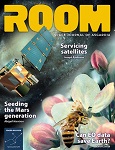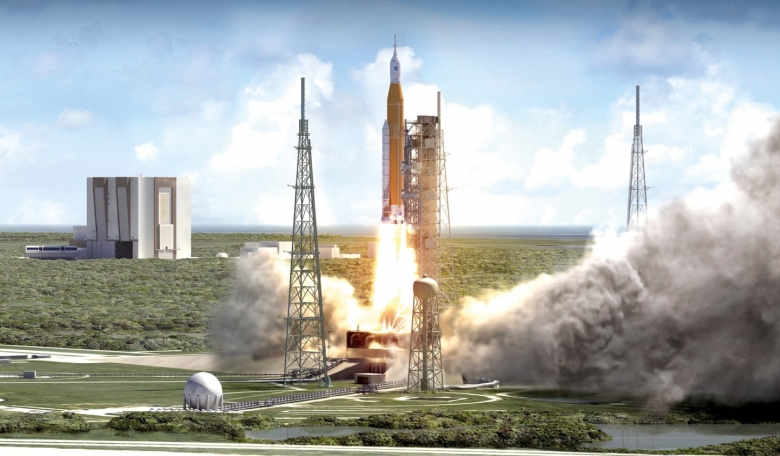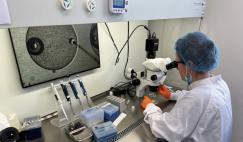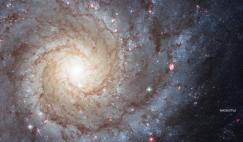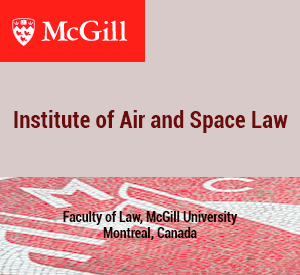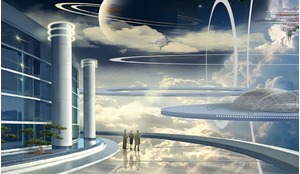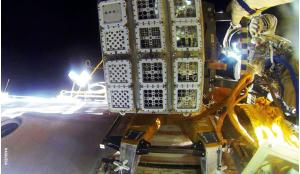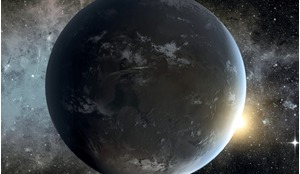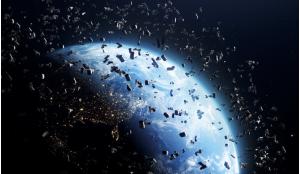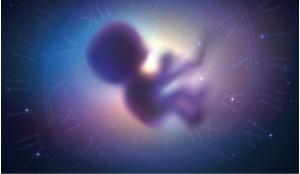Two programmes to place humans on the Moon were underway during the 1960s. The US Apollo programme was spectacularly successful, while the Soviet Union’s effort failed, and information about it was suppressed by the Soviet authorities. Looking at both of these programmes throws light on the factors that ensured Apollo’s success, and also suggests lessons for today’s attempts to send humans back to the lunar surface.
The 50th anniversary is a good opportunity to reflect on the first and hugely successful Apollo Moon landing of 1969 and, at the same time, on the failed attempts by the Soviet Union to achieve a similar goal.
President John F Kennedy kicked off the Moon landing race in May 1961 with his stirring commitment to send Americans to the Moon and return them safely to Earth “before the decade is out”. He had been impressed by the massive popular reaction in the US to the suborbital flight of Scott Carpenter a month earlier, and saw a Moon landing as an initiative that could establish the US as the world’s leading space power. NASA ramped up its activities to deliver on the President’s commitment, and Congress made available the massive funding it required.
Initially, the Soviet Union political leadership misread President Kennedy’s announcement as just another political speech designed to impress voters but without real substance. They continued their existing approach to space programmes for another two or three years before reacting.


